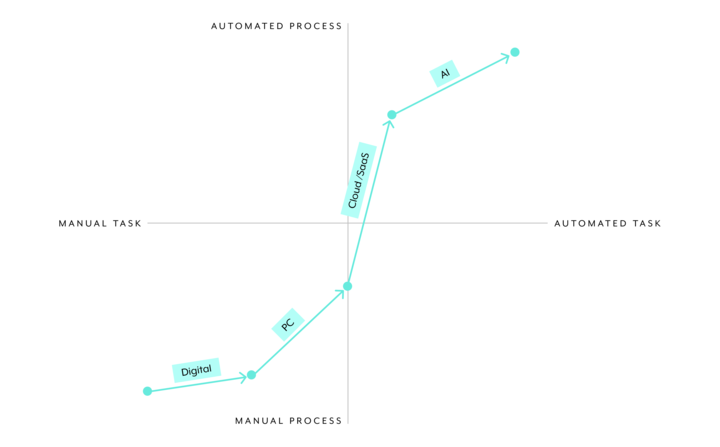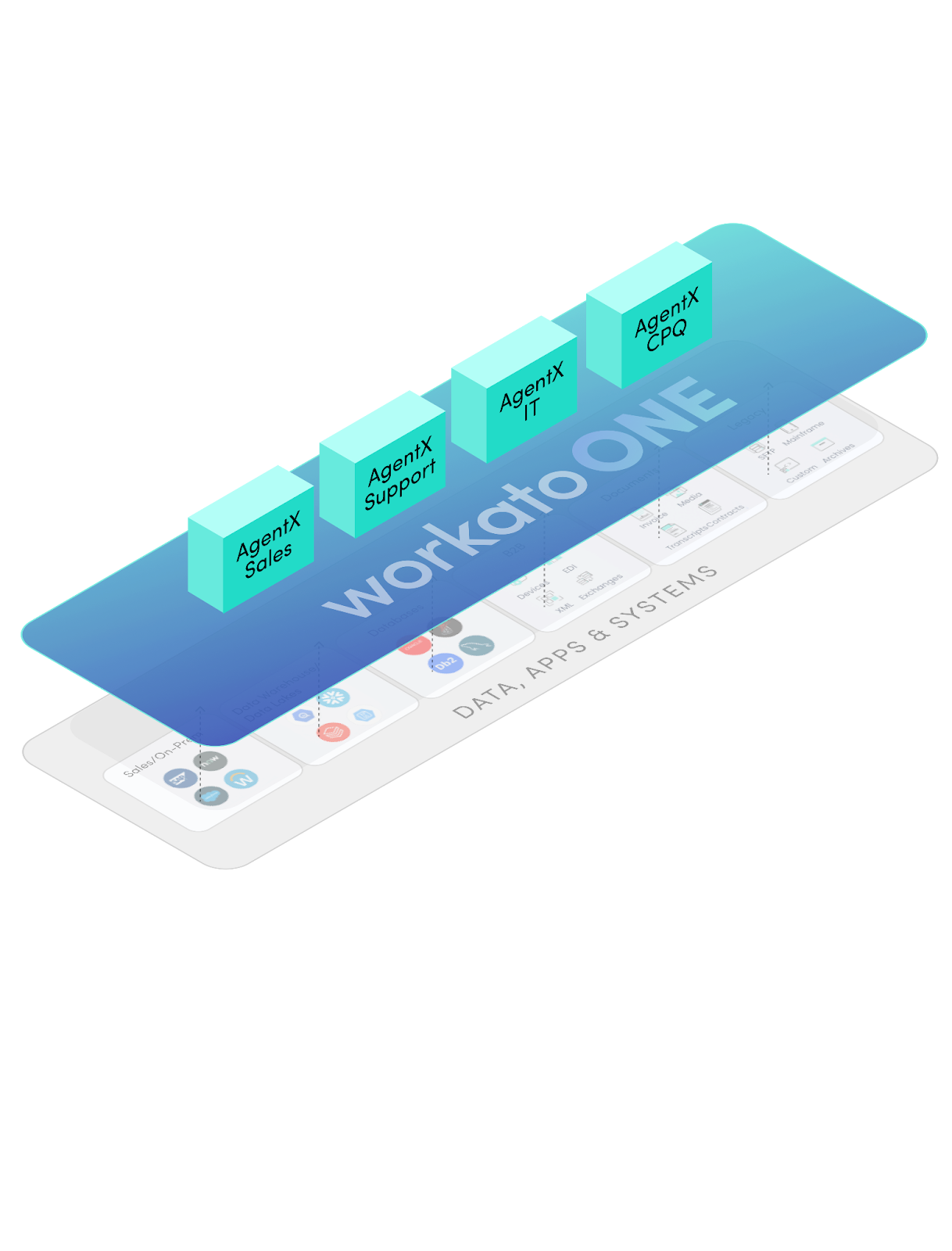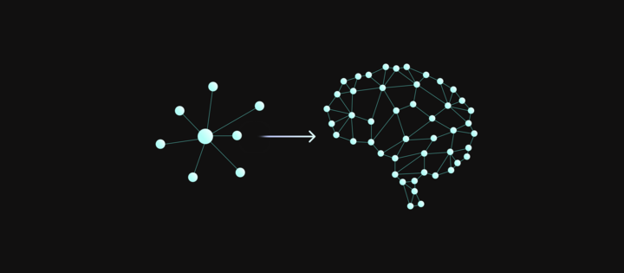Introduction: The Market Has Spoken
The 2025 Gartner® Magic Quadrant™ for Integration Platform as a Service (iPaaS) is out, and it’s a strong signal that the market is moving forward. The report highlights a growing expectation: that integration platforms must now do more than connect systems—they must enable intelligence, adaptability, and orchestration at scale. What was once a category defined primarily by APIs and data syncs is now being redefined by intelligence, orchestration, and real-time business execution.

The market’s expectations are evolving fast, and AI is now at the center of that shift. But it’s not enough to bolt AI onto existing workflows. The platforms that lead today are the ones that were quietly built for it from the beginning.
Workato’s position at the top of the Vision axis isn’t a pivot. It’s a proof point. Some platforms were built to connect APIs. Workato was built to orchestrate outcomes.—designing for a future where automation isn’t just about efficiency, but about adaptability, insight, and intelligence.
“Workato didn’t pivot to AI. It was built for the era of intelligent automation.”
This is more than a moment for the company—it’s a moment for the market. Because the tools that once helped businesses connect systems are now expected to drive outcomes. And Workato is already there.
How Automation Has Evolved—And What It’s Preparing Us For
Every wave of digital transformation has reshaped how work gets done, either by improving how we complete tasks or by helping us coordinate processes.

The early digital boom—spreadsheets, email, and productivity applications—made it easier for individuals to complete tasks faster. Over time, those tools started to shape basic processes too.
Then cloud and SaaS changed everything. SaaS tools like CRM and ERP systems redefined internal processes. Eventually, platforms like Workato emerged—not just to improve work inside systems but across them. This was the shift from scattered apps to orchestrated operations.
Separately—but in parallel—I’ve seen a set of milestones shape how organizations have used Workato over the last decade. The rise of Big Ops created demand for cross-functional coordination. The shift to remote work made automation mission-critical. And now, AI is challenging every company to rethink how fast, adaptive, and intelligent their operations can become.
What makes this moment unique is that AI is enhancing both sides:
- Tasks: generating insights, taking action, doing the busywork
- Processes: embedding logic, adapting workflows, replacing manual decisions
And that’s what makes this shift so significant. It’s not just about automation anymore. It’s about readiness for systems that are faster, smarter, and built to act.
From iPaaS to BOATs: A Category Grows Up
For years, “iPaaS” was the right label. It described what companies needed: a way to connect cloud applications, move data, and create basic automations. But today, that definition feels too narrow.
Because connection is no longer the challenge, coordination is.
And automation isn’t just about workflows anymore. It’s about how work actually gets done across tools, people, and intelligent systems.
That’s why a new category is emerging—not officially, not in press releases—but in how companies are buying, building, and benchmarking.
We call it BOAT: Business Orchestration and Automation Technology.
BOATs go beyond integration. They help organizations:
- Orchestrate complex, event-driven workflows
- Embed AI into operational decisions—not just interfaces
- Handle approvals, escalations, and exceptions as part of the system
- Deliver insights and actions in the tools where people actually work (like Slack or Teams)
- Govern everything from a unified layer, without IT bottlenecks
If iPaaS is about moving data, BOATs are about moving the business.
That distinction matters because, as automation strategies mature, companies need platforms that can do more than “connect.” They need systems that can interpret, adapt, and act in real time.
That’s where Workato sits—not in the category it helped define, but in the one it’s now quietly leading.
Workato One and the Embedded Intelligence Advantage
If BOATs represent the next era of automation, Workato One is what that future looks like in practice.
It’s not a new product bolted onto an old stack. It’s a unified experience that brings together the core components modern businesses need to orchestrate intelligently:
- Agent Studio
Design AI-powered agents that can listen, reason, and act—without custom code. - Agent Trust
Control and govern how agents make decisions, with full transparency and auditability. - AgentX Apps
Pre-built, plug-and-play use cases that bring AI into critical processes—without needing to “roll your own.”

Together, these aren’t just features. They are infrastructure. They allow companies to move beyond static recipes and integrations toward workflows that are:
- Context-aware
- Real-time
- Human-guided, but AI-enhanced
This is what separates Workato from platforms that are just now experimenting with AI. While others are layering AI onto isolated tasks or UI elements, Workato is embedding intelligence at the orchestration layer—where processes actually run, data converges, and decisions happen.
That’s what makes Workato different. And increasingly, that’s what the market is looking for.
Vision, Validated
Gartner’s 2025 Magic Quadrant for Integration Platform as a Service (iPaaS) is a snapshot of where the market is going, and Workato’s position says a lot about who’s built for what’s next.
Landing high on the Vision axis isn’t about feature velocity or clever positioning. It’s about clarity—knowing what businesses will need as complexity increases, and designing for it before it becomes urgent.
That’s been Workato’s strength all along.
“I’ve had the privilege of partnering with Workato since 2016—through the rise of Big Ops, the remote work surge, and now the AI shift. Topping the MQ for Vision doesn’t surprise me—it’s just further validation of the clarity and ambition that’s been there all along.”
Recognition is great. But what matters more is what it confirms:
The platform Workato built isn’t just technically sound—it’s strategically aligned with how companies now need to operate.
In a space crowded with tools chasing the AI moment, Workato has been building toward it for years. And that makes all the difference.
What Comes Next
The automation space isn’t standing still—and neither are expectations.
What used to be considered “advanced” integration is now table stakes. Task automation is being swallowed up by AI plugins. And orchestration is shifting from rigid, pre-defined flows to responsive, intelligent systems that adapt in real time.
The platforms that will matter most in this next phase aren’t the ones with the most connections or the flashiest copilots. They’re the ones that can blend intelligence with execution—securely, responsibly, and at scale.
That’s not a roadmap problem. It’s an architecture question.
And it’s why Workato is so well-positioned—not because it’s bolting on new tech, but because it’s built around a core belief: that business outcomes depend on orchestration.
“The future of automation isn’t about more tools. It’s about what connects them—and how intelligently they operate together.”
What comes next? Smarter infrastructure. Clearer context. Real-time adaptability.
And Workato’s already there.
See Workato in Action
If you’re rethinking how automation fits into your business strategy, start by seeing what’s already possible.
Workato isn’t just connecting systems—it’s enabling intelligent operations at scale. From embedded AI agents to human-in-the-loop workflows, it’s built to orchestrate the way modern teams actually work.
👉 Request a Demo to see Workato in action.
